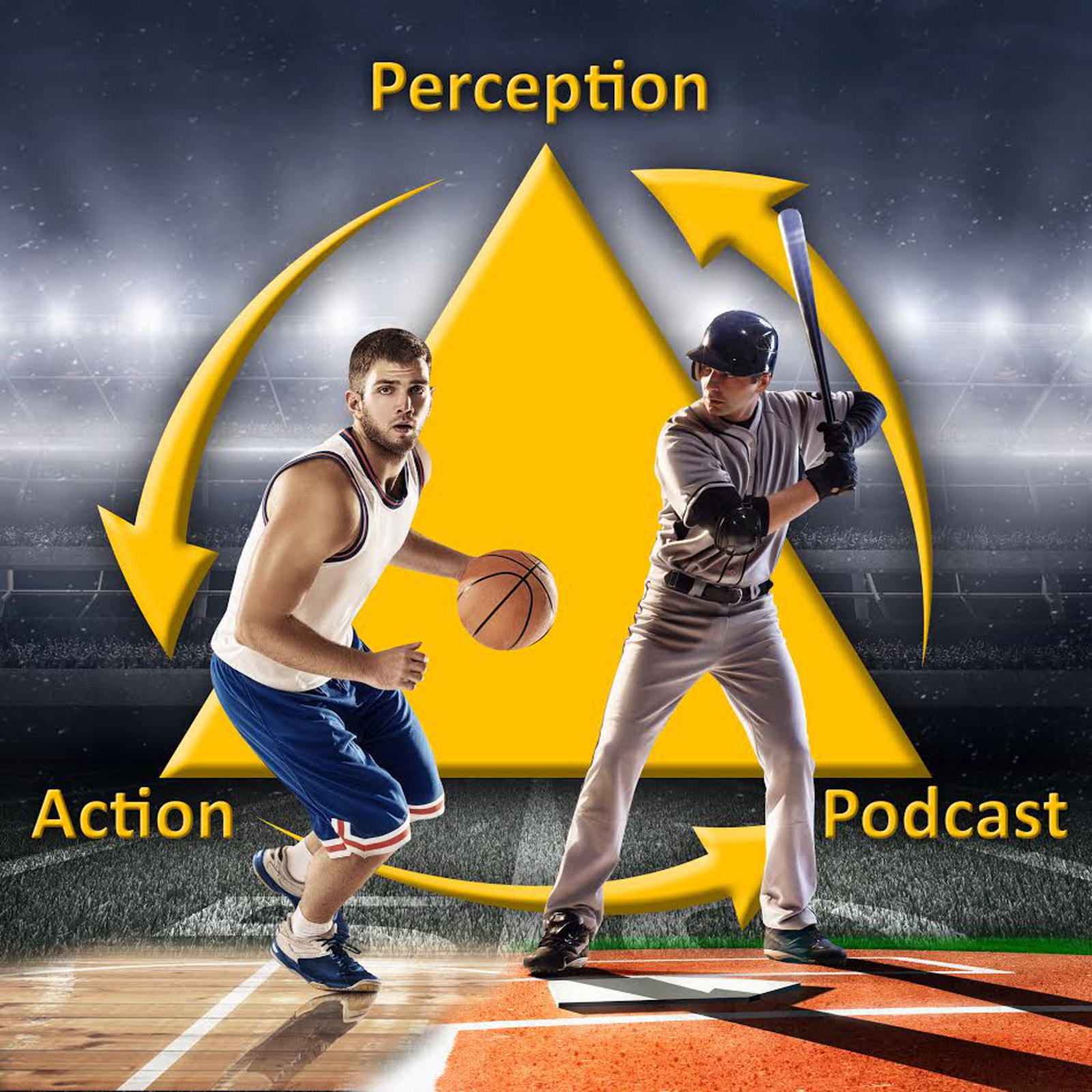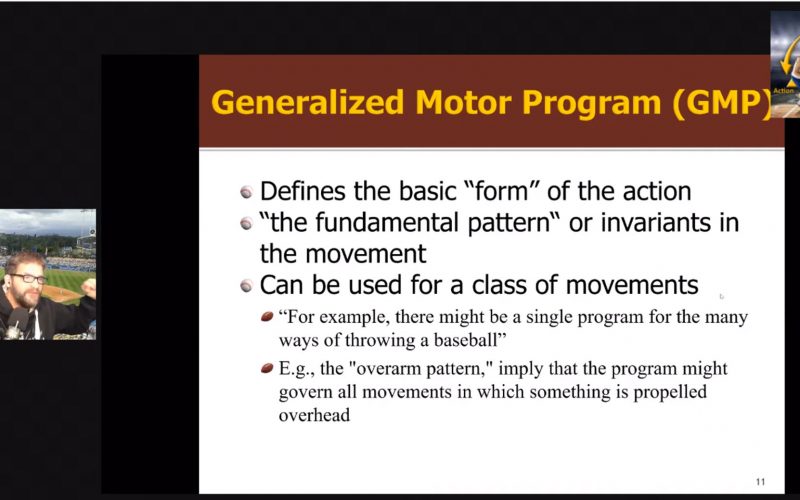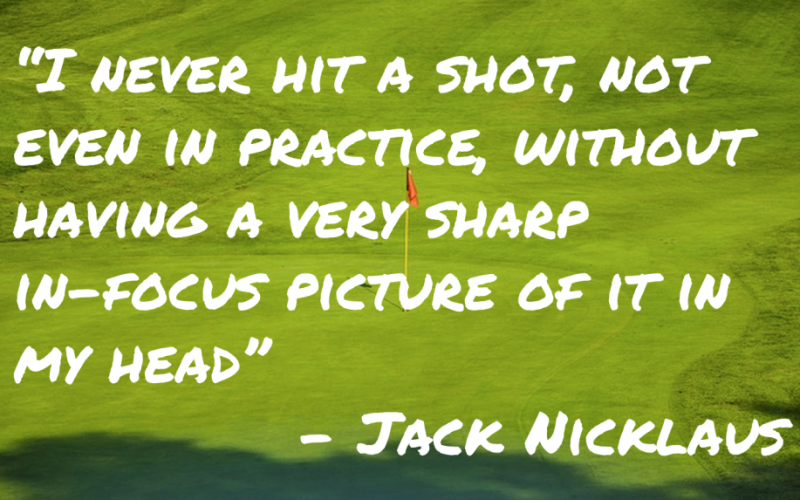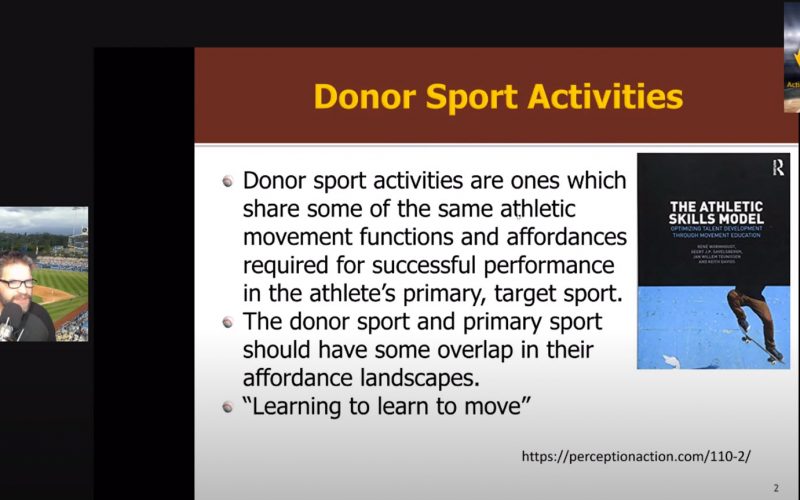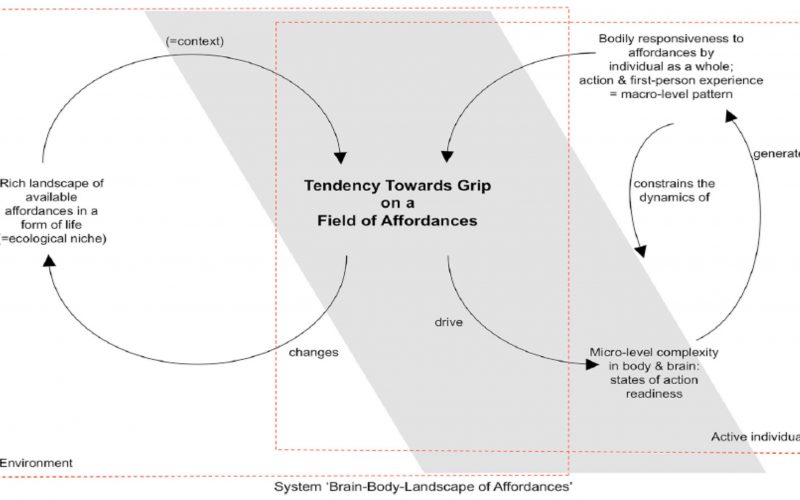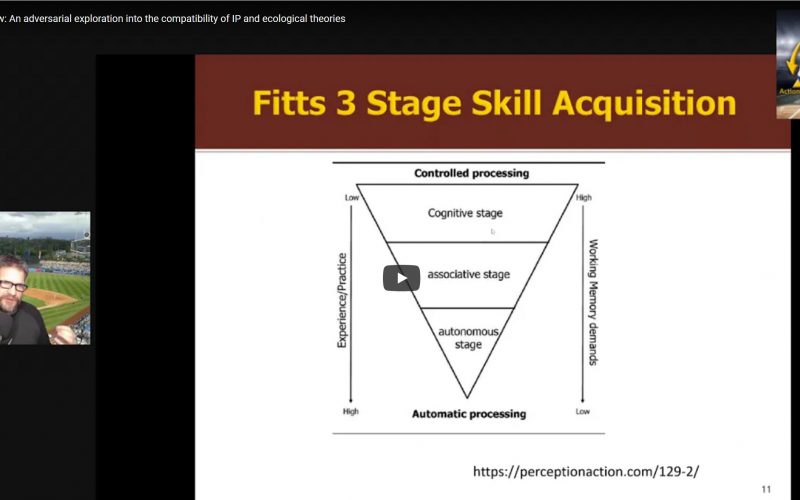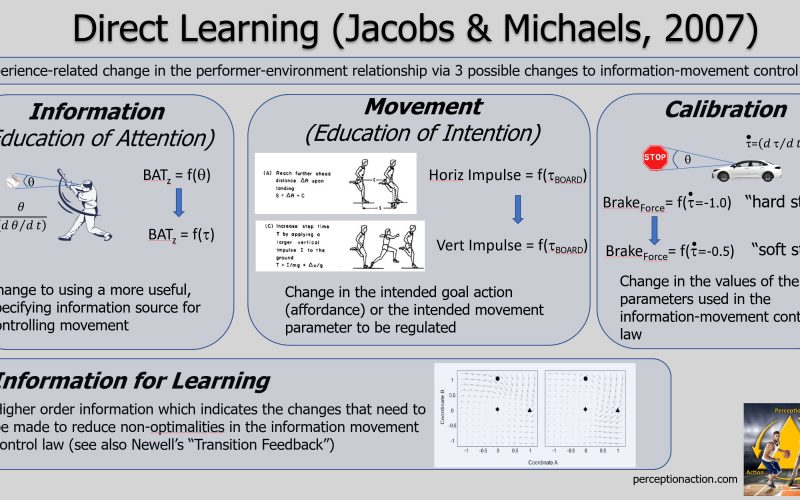Rob
338 – Journal Club #27: Positively Advancing the Coaching Science Discussion in 2021
338A follow up to some of the issues we discussed in Journal Club #25. How can move beyond the arguing about methods and theories?Download link More information:Subscribe in iOS/AppleSubscribe in Android/GoogleMy Research Gate Page (pdfs of my articles)My ASU Web pagePodcast Facebook page (videos, pics, etc)Email: robgray@asu.edu Support the podcast and receive bonus content
Read More337 – An Ecological, Enactive Account of the Use of Mental Imagery in Sports
337 How can we understand the use of mental imagery in sports from an ecological perspective? How can perception be direct in imagery if there is no stimulus present? How does it relate to skilled intentionality? Download link Articles:Reconceiving representation-hungry cognition: an ecological-enactive proposalEffect of mental imagery on realizing affordances Article Review: “Contextualized Skill Acquisition…
Read MoreNEW Video Article Review: Donor Sports, Dance & Coordinating Degrees of Freedom
Dance training improves the CNS’s ability to utilize the redundant degrees of freedom of the whole body
Read More336 – Strong Anticipation: Coordinating with the Future without Predicting It
336 Can we “anticipate” the future without predicting it? Are delays in our perceptual-motor system flaws that we must compensate for or actually advantageous? A look at the concept of strong anticipation.Download link Articles: On Strong AnticipationAnticipating synchronization as an alternative to the internal modelLectures on Perception (Chapter 26) More information:Subscribe in iOS/AppleSubscribe in Android/GoogleMy…
Read MoreNEW Video Article Review: Equipment scaling, variability & information for learning
Children’s coordination of the sweet spot when striking a forehand is shaped by the equipment used
Read More335 – Skilled Intentionality
335 How do skilled performers selectively respond to some of the many available affordances (or opportunities for action) in their environment? How do they coordinate their action to keep multiple affordances available? How can this ability be developed in practice? Download link Articles: Ecological-Enactive Cognition as engaging with a field of relevant affordances: The Skilled…
Read MoreArticle Review: An adversarial exploration into the compatibility of IP and ecological theories
Information Processing and Constraints-based Views of Skill Acquisition: Divergent or Complementary?
Read More334 – Interview with Dan Peterson & Len Zaichkowsky, The Playmaker’s Decisions
334 A discussion with Dan and Len about their new book: The Playmaker’s Decisions – The Science of Clutch Plays, Mental Mistakes and Athlete Cognition.Download link Current book, The Playmaker’s Decisions: https://geni.us/theplaymakersdecisions Previous book, The Playmaker’s Advantage: https://geni.us/ThePlaymakersAdvantage More information:Subscribe in iOS/AppleSubscribe in Android/GoogleMy Research Gate Page (pdfs of my articles)My ASU Web pagePodcast Facebook…
Read MoreDirect Learning Resource Page
A new resource page with infographic, definition of key terms, and links to resources for Jacobs and Michaels (2007) Direct Learning theory. Direct Learning
Read More